Few topics illuminate the tension between science and religious interpretation more vividly than the contrast between the geological time scale and the biblical account in Genesis. This fundamental divergence shapes not only academic discussions but also cultural, educational, and political landscapes across societies. On one side stands the scientific consensus built upon centuries of accumulated evidence from rocks, fossils, and radiometric dating.
On the other, a narrative that has provided spiritual meaning and cosmological understanding to billions throughout history. As we explore this fascinating intersection, we’ll examine how these different frameworks approach the age and development of our planet, and why this discussion remains relevant in contemporary society.
The Geological Time Scale: A Scientific Framework

The geological time scale represents one of science’s most comprehensive achievements, offering a detailed chronology of Earth’s 4.5-billion-year history. Developed gradually since the late 18th century, this framework divides Earth’s existence into hierarchical time units, including eons, eras, periods, epochs, and ages. Each boundary in this timeline corresponds to significant transitions detected in the rock record, often marked by mass extinctions, climate shifts, or the emergence of new life forms.
Geologists employ multiple methods to establish this chronology, including superposition (younger rocks lie above older ones), fossil succession, and various radiometric dating techniques that measure the decay of radioactive isotopes. Unlike theological frameworks, the geological time scale remains open to revision as new evidence emerges, exemplifying science’s self-correcting nature. The current version recognized by the International Commission on Stratigraphy stands as the product of thousands of scientists working across generations and continents.
Genesis: The Biblical Creation Account
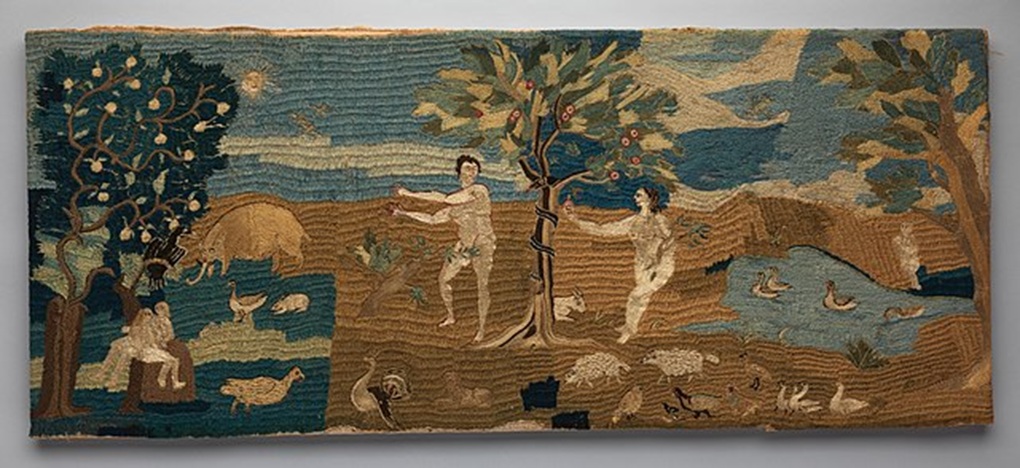
The Book of Genesis offers the Judeo-Christian narrative of creation, beginning with the iconic phrase “In the beginning, God created the heavens and the earth.” The first two chapters detail God’s creative work spanning six days, culminating in a day of rest. According to a literal interpretation, Genesis describes the universe, Earth, and all living beings coming into existence within a single week.
Within this narrative framework, creation proceeds in an orderly sequence: light, firmament, dry land and vegetation, celestial bodies, aquatic and flying creatures, land animals, and finally humans. Notably, the text portrays humans as uniquely significant, created in God’s image and given dominion over other living things.
While many contemporary religious scholars view these passages metaphorically or theologically rather than as scientific accounts, young-Earth creationists maintain that Genesis provides an accurate historical record of creation occurring approximately 6,000-10,000 years ago. This timeline derives from biblical genealogies and represents a timeframe dramatically shorter than the billions of years proposed by modern geology.
Measuring Deep Time: Radiometric Dating
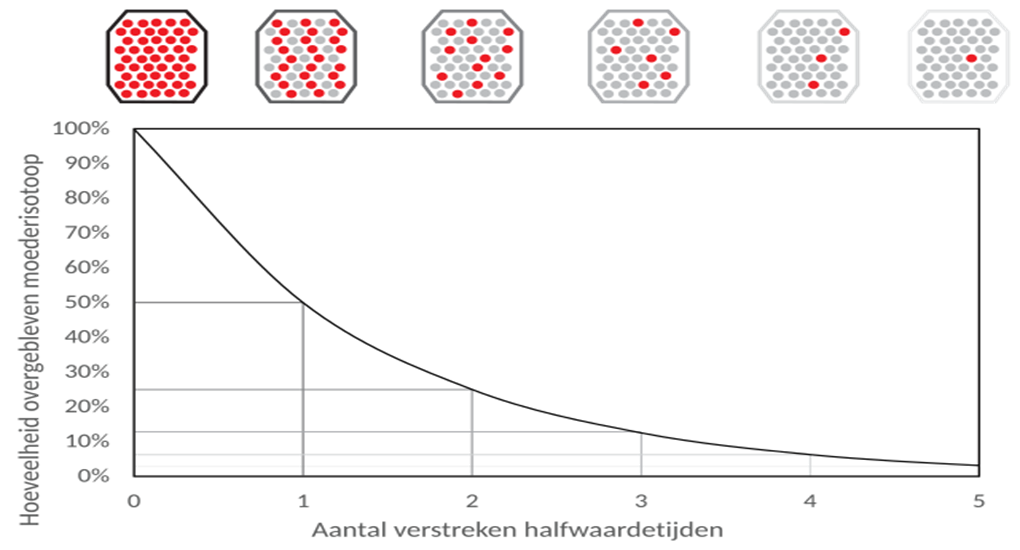
Radiometric dating stands as the cornerstone scientific methodology for establishing the vast age of Earth’s geological features. This technique measures the decay of radioactive isotopes in rocks and minerals, providing precise age determinations that consistently indicate an ancient Earth. The principle operates on the predictable decay of unstable isotopes into stable daughter elements at fixed rates, unaffected by environmental conditions, including temperature, pressure, or chemical environment.
Different isotope pairs prove useful for different time ranges — uranium-lead dating can measure ages in the billions of years, while carbon-14 dating applies to organic materials up to approximately 50,000 years old. When multiple radiometric methods are applied to the same geological formations, they typically yield concordant results, strengthening confidence in their reliability.
The consistency of these measurements across different laboratories, methods, and geological contexts has established the 4.5-billion-year age of Earth as one of the most robust findings in natural science. Critics of radiometric dating often focus on exceptional cases of discordant results, while overlooking the overwhelming agreement among measurements from diverse locations and methods.
Young Earth Creationism: Biblical Literalism
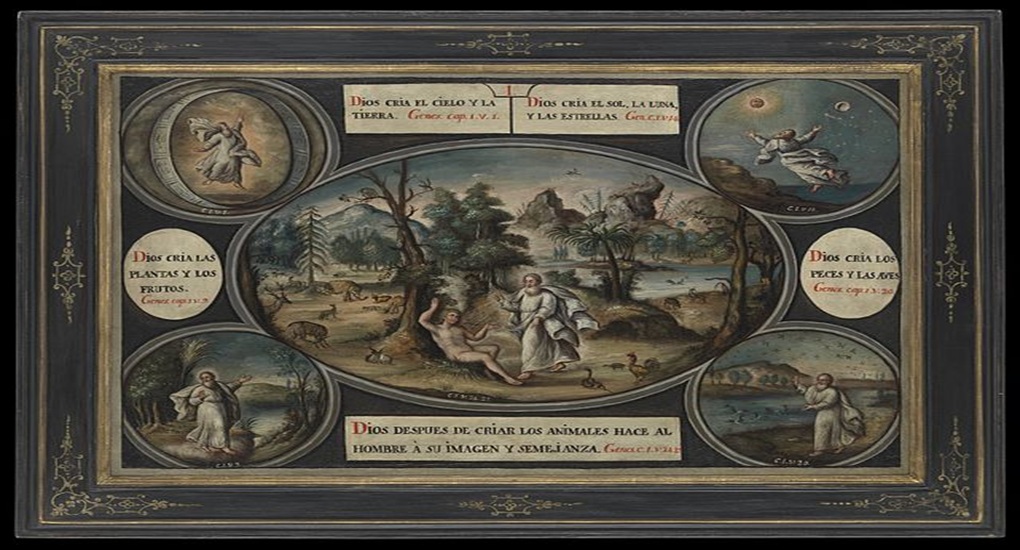
Young Earth Creationism represents an interpretive position that maintains the Genesis creation account should be understood as literal history, indicating Earth was created in six 24-hour days approximately 6,000-10,000 years ago. This perspective finds its strongest contemporary articulation in the work of organizations like Answers in Genesis and the Institute for Creation Research, which produce materials arguing that scientific evidence, when properly interpreted, supports this biblical timeframe.
Young Earth creationists often cite Archbishop James Ussher’s 17th-century calculation placing creation at 4004 BCE, based on biblical genealogies. Proponents attempt to account for geological features through catastrophic events, particularly Noah’s Flood, which they suggest rapidly formed rock layers, fossils, and features like the Grand Canyon. They frequently challenge radiometric dating methods, suggesting decay rates might have changed over time or been affected by creation and flood events.
While representing a minority view within both scientific and religious scholarly communities, Young Earth Creationism maintains significant cultural influence, particularly within certain evangelical Protestant denominations and educational contexts. Its advocates view their position as defending biblical authority against perceived secular challenges.
Old Earth Creationism: Finding Middle Ground

Old Earth Creationism encompasses various interpretive approaches that accept the scientific consensus regarding Earth’s ancient age while maintaining God’s creative role. Proponents include many mainstream Christian denominations and organizations like Reasons to Believe, who suggest biblical accounts can align with scientific findings without contradiction. Several specific interpretive frameworks exist within this broader perspective, including the Day-Age Theory, which views each “day” in Genesis as representing vast geological epochs.
The Gap Theory, another approach, proposes a significant time interval between Genesis 1:1 and 1:2, potentially accommodating billions of years of Earth history before the six days of creation. Progressive creationism suggests God intervened repeatedly throughout geological history to create new species, explaining the fossil record’s progressive complexity. Framework interpretation views Genesis as a theological document organized thematically rather than chronologically, eliminating conflict with scientific chronology entirely.
These perspectives often incorporate the concept of divine accommodation—the idea that God communicated in ways ancient audiences could understand rather than providing technical scientific descriptions. For many believers, Old Earth Creationism offers intellectual coherence between their scientific understanding and religious faith.
Theistic Evolution: Harmony Between Science and Faith

Theistic evolution represents a philosophical and theological position embracing both evolutionary science and divine purpose, suggesting God works through natural processes rather than against them. This perspective, endorsed by organizations like BioLogos and prominent scientists of faith, including Francis Collins, accepts the full geological time scale and evolutionary mechanisms while maintaining that these processes fulfill God’s creative intent.
Adherents typically view Genesis as primarily theological literature rather than scientific documentation, focusing on what the text meant to its original audience in its ancient Near Eastern context. They often highlight how creation narratives establish core theological concepts—God’s sovereignty, human dignity, and creation’s inherent goodness—rather than providing scientific details. Pope John Paul II’s 1996 statement that evolution is “more than a hypothesis” reflected the Catholic Church’s general acceptance of evolutionary science, while Protestant denominations show greater variation in their positions.
For many believers in scientific fields, theistic evolution resolves potential cognitive dissonance between their professional understanding and religious convictions. Critics from both secular and religious perspectives sometimes challenge this position—some atheists view it as an unnecessary complication, while some religious conservatives see it as compromising biblical authority.
The Fossil Record: Reading Earth’s History

The fossil record provides a compelling narrative of Earth’s biological history, documenting the progression of life through geological time with remarkable consistency. This vast collection of preserved remains shows predictable patterns of increasing complexity and diversity over billions of years, from single-celled organisms to complex multicellular life. Transitional fossils like Tiktaalik, which display features intermediate between fish and tetrapods, offer powerful evidence for evolutionary transitions between major groups.
The sequential appearance of fossils in rock layers worldwide follows predictable patterns—we never find mammals in Devonian rocks or dinosaurs in Cambrian formations. This consistent ordering, observed across continents, represents one of paleontology’s most powerful confirmations of Earth’s ancient age. While creationists often highlight gaps in the fossil record as problematic for evolutionary theory, paleontologists note that fossilization itself requires specific conditions and represents relatively rare events given Earth’s biological history.
The completeness of the fossil record continues to improve with new discoveries, including significant transitional forms documenting major evolutionary developments like the emergence of tetrapods, whales, and humans. Each new find enriches our understanding of life’s journey through deep time.
Theological Implications of an Ancient Earth
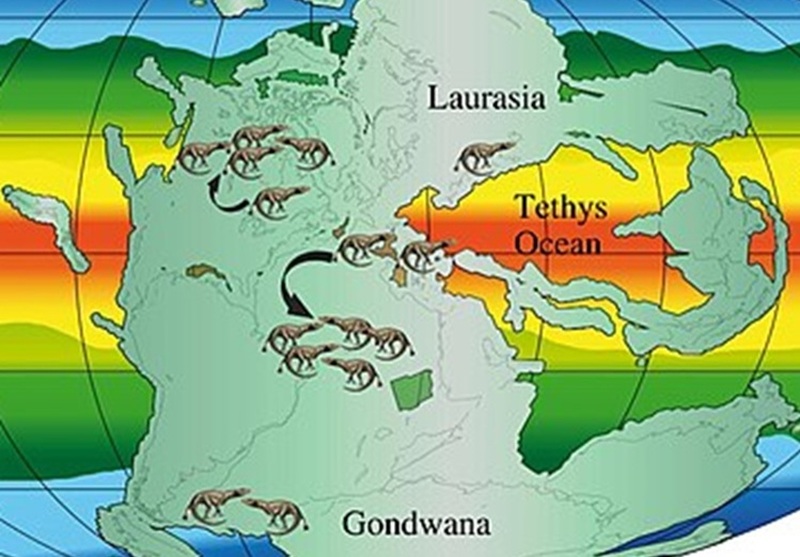
Accepting an ancient Earth raises profound theological questions for religious believers, particularly regarding traditional interpretations of sacred texts and the nature of divine action. Theologians grappling with these implications often emphasize that religious texts served primarily theological rather than scientific purposes, communicating spiritual truths in culturally accessible forms. Many religious scholars suggest that fixating on chronological details misses the deeper purpose of creation stories—establishing God’s relationship with creation and humanity’s place within it.
An ancient Earth with evolutionary development may suggest a God who creates through processes rather than instantaneous actions, emphasizing divine patience and subtlety rather than overwhelming power. Some theologians find this vision spiritually enriching, portraying a Creator who respects creation’s autonomy while guiding its development. Others explore how evolutionary understanding might inform theological concepts like original sin and human uniqueness.
The Pontifical Academy of Sciences exemplifies institutional religious engagement with these questions, bringing together scientists and theologians to explore how scientific discoveries might deepen rather than diminish religious understanding. For many contemporary believers, these theological reflections create space for embracing both scientific knowledge and religious faith as complementary rather than competing frameworks.
Flood Geology and Its Scientific Challenges

Flood Geology represents the young Earth creationist attempt to explain Earth’s geological features through Noah’s Flood rather than through conventional geological processes operating over billions of years. Advocates, including the late Henry Morris and contemporary organizations like the Institute for Creation Research, suggest this global catastrophe rapidly deposited sedimentary layers, formed fossils, and carved features like the Grand Canyon.
However, this model faces overwhelming scientific challenges that have prevented its acceptance within mainstream geology. The sheer diversity of rock formations—including evaporites requiring slow evaporation, fossil reefs showing growth patterns, and ancient soils with root structures—cannot be explained by a single flood event. The ordered fossil succession found worldwide, with marine invertebrates consistently in deeper layers than mammals or flowering plants, contradicts flood geology’s prediction of ecological zonation or hydrological sorting.
Radiometric dating from multiple isotope systems consistently contradicts the young Earth timeframe required by flood geology. Additional geological features including glacial varves (annual lake sediment layers), ancient lake deposits, desert dune formations, and volcanic features all indicate environmental conditions incompatible with a global flood scenario. While flood geology retains cultural significance in certain religious communities, its scientific limitations have prevented it from gaining traction in peer-reviewed geological literature.
Science Education and the Creation-Evolution Controversy

The geological time scale versus Genesis debate has profoundly shaped science education in many countries, particularly the United States, where legal battles have repeatedly defined classroom boundaries. Landmark cases like Edwards v. Aguillard (1987) and Kitzmiller v. Dover Area School District (2005) established important precedents against teaching creationism and intelligent design in public school science classes, with courts ruling these perspectives constitute religious viewpoints rather than scientific alternatives.
These controversies have influenced curriculum development, textbook content, and teacher preparation, with studies indicating some educators avoid or minimize evolution content to prevent controversy. Educational organizations like the National Science Teachers Association and National Center for Science Education advocate for comprehensive evolution education, providing resources to help teachers address potential conflicts sensitively and accurately. Beyond public schools, private religious institutions and homeschooling communities often incorporate creationist perspectives, creating parallel educational systems with fundamentally different approaches to Earth’s history.
This educational divergence raises important questions about scientific literacy and civic discourse in societies where citizens must collectively address science-related challenges. Various educational approaches attempt to navigate these tensions, including teaching the nature of science itself, clarifying the distinctions between scientific and religious ways of knowing.
The Age of Earth: Converging Lines of Evidence

The scientific consensus regarding Earth’s 4.5-billion-year age rests not on a single measurement but on multiple independent lines of evidence that converge remarkably. Beyond radiometric dating, astronomers observe that the sun’s properties indicate an age of approximately 4.6 billion years, aligning with geological findings.
Paleomagnetic studies recording ancient magnetic field reversals in rocks provide another timeline consistent with an ancient Earth. Plate tectonic movements, measured directly in modern times and extrapolated backward, require billions of years to create observed continental configurations. Deep ice cores from Antarctica and Greenland contain hundreds of thousands of annual layers, directly contradicting a young Earth timeframe. Ocean floor sediments accumulate at measurable rates that indicate millions of years of deposition.
Even the recession of the moon from Earth, occurring at a measurable rate of approximately 3.8 centimeters annually, points to an ancient Earth-moon system. The consilience of these diverse measurement systems, operating on entirely different physical principles yet yielding compatible timelines, provides compelling support for deep time. This convergence of evidence from astronomy, geology, physics, and other disciplines represents one of science’s most robust consensus positions.
Cultural Impact and Public Understanding
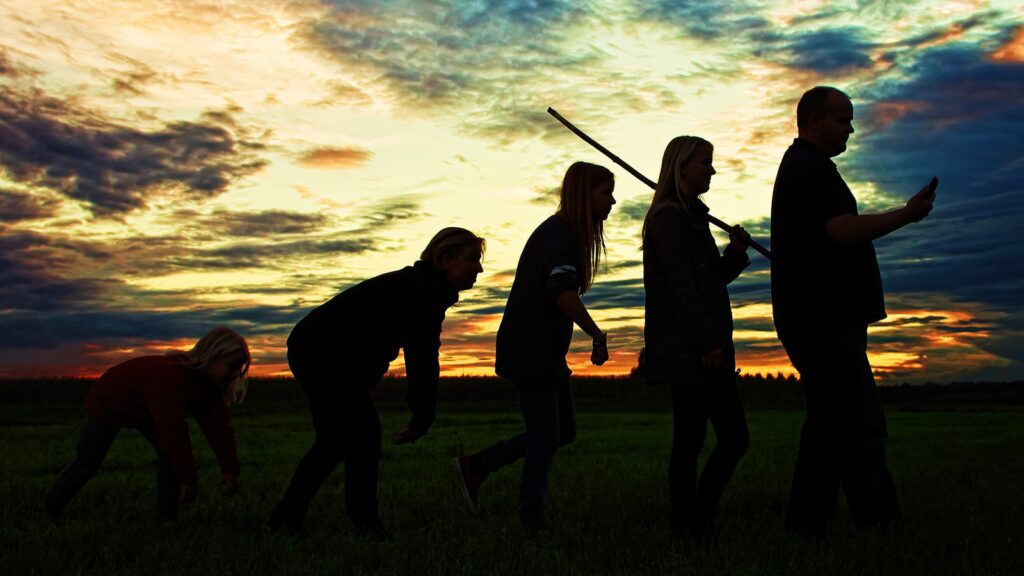
The tension between geological time and biblical chronology extends far beyond academic discussions, shaping cultural landscapes and public understanding of science across many societies. Public opinion surveys consistently reveal significant variations in acceptance of Earth’s ancient age, with the United States showing particularly strong resistance compared to other developed nations. The Pew Research Center has documented that approximately 40% of Americans believe humans have existed in their present form since the beginning of time, indicating widespread skepticism toward evolutionary timeframes.
Museums and educational attractions often become focal points for this cultural divide, with institutions like the Creation Museum in Kentucky presenting an alternative scientific narrative based on biblical chronology. Media coverage frequently frames these issues as debates between equally valid perspectives, potentially reinforcing public misconceptions about the scientific consensus.
For scientists and educators, this creates communication challenges, as technical explanations of radiometric dating or fossil succession may not address the underlying worldview differences driving resistance to geological timescales. Some science communicators have developed approaches emphasizing the compatibility of religious faith with scientific understanding, while others focus on improving general scientific literacy. These cultural divisions hold practical implications for issues ranging from climate change policy to science education funding.
Conclusion: Finding Meaning in Different Worldviews

The geological time scale and Genesis narratives represent fundamentally different approaches to understanding Earth’s history, operating from distinct epistemological frameworks with different purposes. Science, with its emphasis on natural explanations and empirical evidence, has constructed a detailed chronology spanning billions of years—a framework that has proven remarkably successful in explaining observed phenomena and predicting new discoveries.
Religious accounts, including Genesis, address questions of ultimate meaning, purpose, and human significance that lie beyond science’s methodological boundaries. While these perspectives sometimes appear in conflict, many individuals and communities find ways to integrate scientific understanding with religious meaning, recognizing these approaches address different aspects of human experience. Geologist and Episcopal priest Michael Roberts suggests that “both science and theology seek truth, but in different ways and addressing different questions.”
As societies continue navigating these complex intersections, productive conversation may depend less on resolving all differences than on cultivating mutual understanding and respect for diverse ways of knowing. The ongoing dialogue between scientific and religious perspectives reflects humanity’s enduring quest to understand both the mechanics of our world and our place within it—a conversation that continues enriching both scientific and theological thinking.



